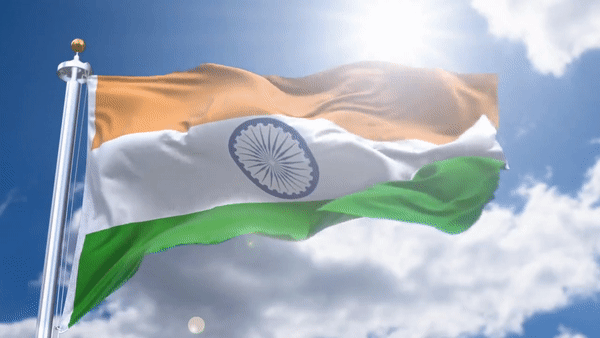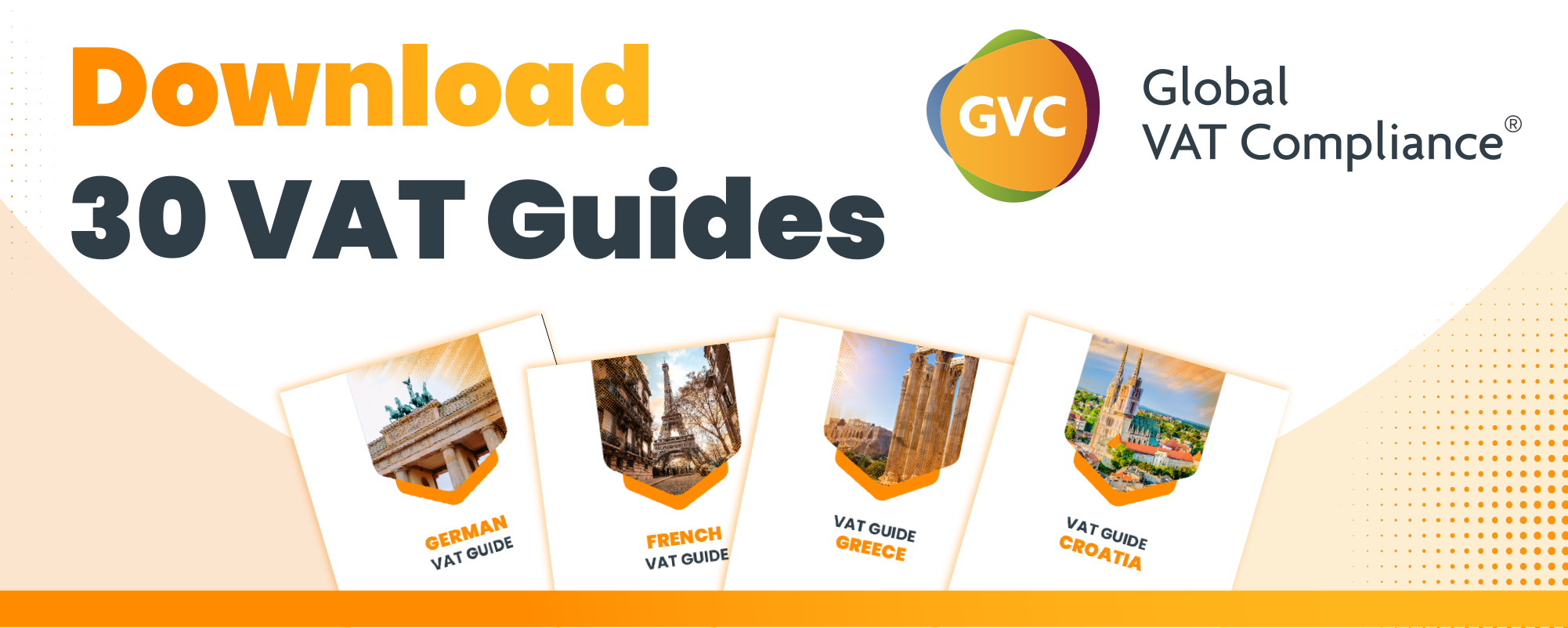- GST has evolved from manual to automated processes for export refunds.
- Zero-rating aims to eliminate taxes on both output and input for exports.
- Zero-rating of exports is recognized under GST and WTO regulations.
- Before GST, refunds for excise duty on exports were manual and time-consuming.
- Automation of IGST refunds by Customs has sped up processing and reduced costs.
- Faster refunds improve working capital for exporters and ease of doing business.
- The Customs system minimizes human intervention in refund processing.
Source: business-standard.com
Note that this post was (partially) written with the help of AI. It is always useful to review the original source material, and where needed to obtain (local) advice from a specialist.
Latest Posts in "India"
- CBAM Compliance Guide for Indian Exporters: 2025–26 Edition
- Government Scrutinizes E-commerce for Ignoring CST Rate Cuts, Investigates 3,000 Consumer Complaints
- Industry Body Urges Government for Relief Measures for Small Chemists During GST 2.0 Transition
- CESTAT Rules Electronic Software Downloads Exempt from Customs Duty in HCL Technologies Case
- India’s GST 2.0 Sparks Concerns in Nepal Over Smuggling and Trade Deficit














